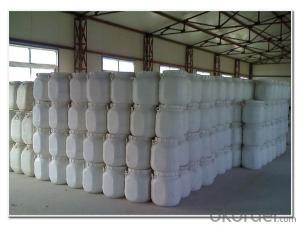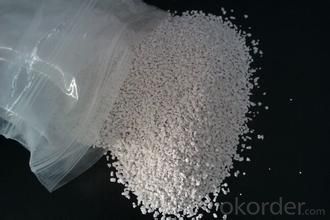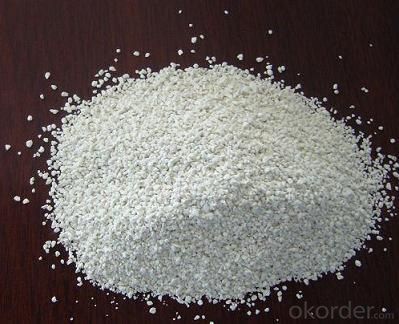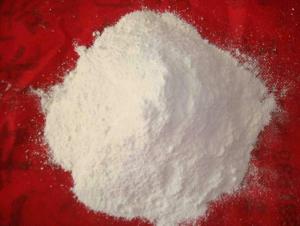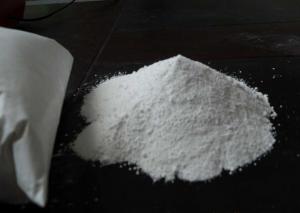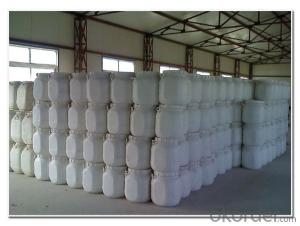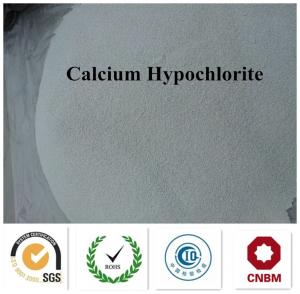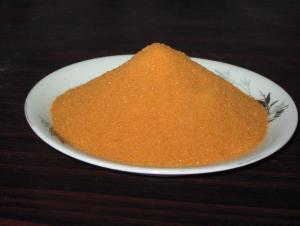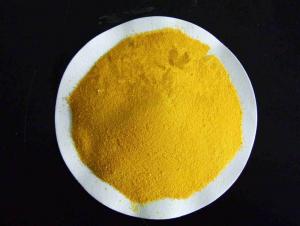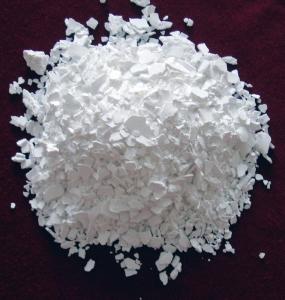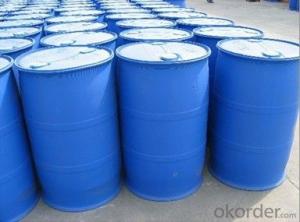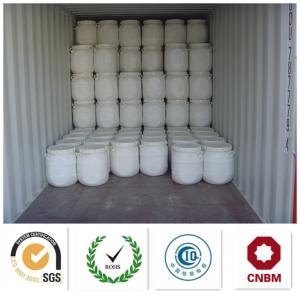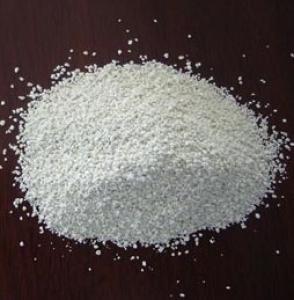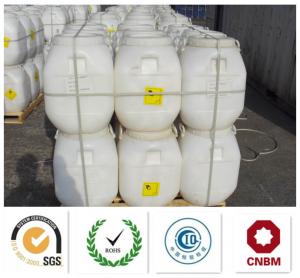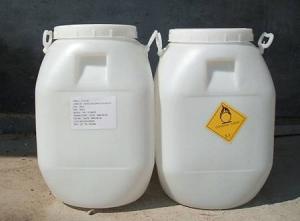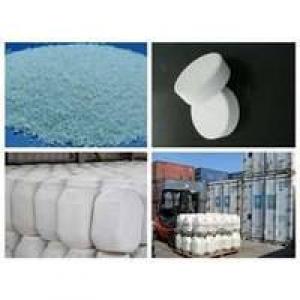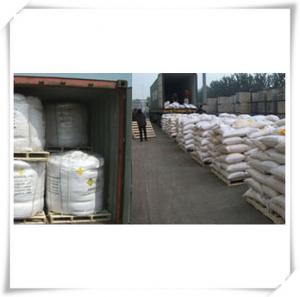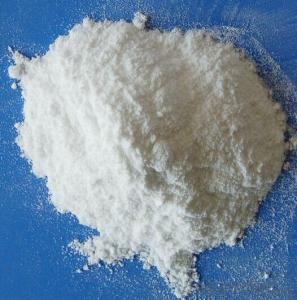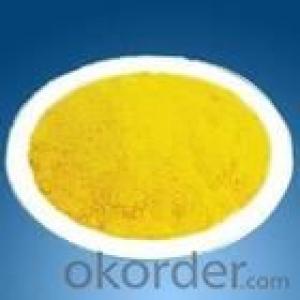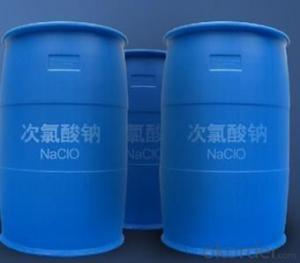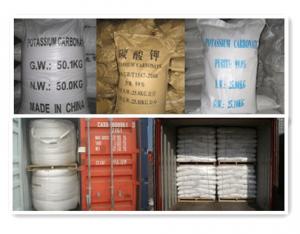Calcium Hypochlorite Granular 65 Swimming Pool
- Loading Port:
- Tianjin
- Payment Terms:
- TT OR LC
- Min Order Qty:
- 25 m.t.
- Supply Capability:
- 2000 m.t./month
OKorder Service Pledge
OKorder Financial Service
You Might Also Like
Calcium Hypochlorite
Calcium Hypochlorite Sodium Process UNNO.2880
Effective Chlorine: 65%Min, 70% Min
Color: White Granular/Tablet
Granular Size: 14-50mesh, 10-30mesh
Tablet Form: 10g/20g/200g
Moisture: 5-8% Max
Calcium Hypochlorite Calcium Process UNNO.1748
Effective Chlorine: 60-65%
Color: White
Form: 8-60mesh Granular, 8-200mesh Mixed, 60-200mesh Powder
Moisture: 3% Max

Package(group: II) :
Common China drum: 40kg,45kg,50kg
Europe Style Drum: 5kg,10kg,20kg,25kg
American HTH style drum: 5kg,10kg,25kg,40kg,45kg
Other Special India,Japan package available
Applications:
1. For bleaching purpose of wood pulp, silk, cloth and fibre.
2. Disinfection and water-treatment.
3. Disinfectant for chemical poisonous and radioactive substance.
Cautions In Application:
1. Should be stored in cool and dry warehouse away from heating sources and avoid direct sunlight.
2. In transportation, contact with such should be avoided as sunlight, heating,moisture, organics, oil and acids.
How to handle in case of leakage:
Collect in time and seal properly.
measures in case of emergency:
Wash with thin soda water or diluted ammonia water in case of skin-burning.
Fire Extinguishing Methods:
Sand, CO2 foam can be used. Sulphate extinguisher is forbidden.
Packaging of Materials:
Normally in plastic or steel drums lined with inner plastic bag of 45-50kg net each.
Can be adaptable in terms of various requirements.
- Q: Are there any differences between minerals and inorganic salts?
- There are differences, some minerals exist in organic matter, and some minerals are inorganic salts. Inorganic salts are inorganic.
- Q: How much of the body's inorganic salts account for the weight of the body?
- The inorganic salts in the human body account for about 5%
- Q: What fruit contains more minerals?
- Watermelon fruit contains 90% or so, so there are "watermelon," said watermelon contains a variety of nutrients and chemical substances. Watermelon pulp contains protein, sugar, crude fiber, potassium, phosphorus, calcium, iron, sodium, magnesium Chlorine, niacin, vitamin A, vitamin B1 and vitamin B2 in the watermelon juice also contains citrulline, alanine and glutamic acid and other amino acids, malic acid and other organic acids, pectin and a small amount of glycosides, and Medlar, cinnamon and other alkaloids and so on.
- Q: What is inorganic salt? Lemon flavor, citric acid, is it an inorganic salt?
- Although the inorganic salt in the cell, the body content is very low, but the effect is very large, if the attention of diet diversification, eat less animal fat, eat brown rice, corn and other coarse grains, do not eat too much refined flour, Salt to maintain the normal level of citric acid is an important organic acid, also known as citric acid, no ...
- Q: Magnesium can constitute chlorophyll, which reflects the nature of inorganic salts
- norganic salt function (1), is the structural component of cells.Many inorganic salts are an important part of some complex compounds in cells.Example: Mg2 + is a necessary component of chlorophyll molecule; Fe2 + is the main component of hemoglobin; calcium carbonate is animal And the body of the bone, an important component of the teeth.
- Q: Eat what food can add inorganic salt
- Most of the food contains inorganic salts, the so-called inorganic salts, also known as minerals or ash. Minerals are naturally occurring compounds or natural elements in the crust. There are about 50 kinds of minerals in the human body, although they in the human body only 4% of body weight, but it is an essential part of the organism. According to their content in the body how much can be divided into constant elements and trace elements two categories. The body is actually composed of various elements (macro and trace). Many of these mineral elements are essential components of the enzyme, which can regulate a variety of physiological functions (such as maintaining osmotic pressure, oxygen transport, muscle contraction, nervous system integrity), but also tissue and bone growth and maintenance necessary. Some (such as calcium, phosphorus, sodium, magnesium, sulfur, chloride) content is large, while others are only trace. Human essential trace elements are cobalt (such as vitamin B12), copper, fluorine, iodine, iron, zinc, chromium, selenium, manganese, molybdenum In terms of its impact on experimental animals, nickel, tin and arsenic should also be considered necessary. Most minerals (except zinc) are widely distributed in a variety of foods and can be fully supplemented by balanced and diversified diets. However, there is a need for additional supplements to patients who have been relying on intravenous nutrition for long periods of time, infants and older persons, or because of the lack of regionalities caused by soil and water quality.
- Q: What are the effects of water, inorganic salts, carbohydrates, proteins, fats and vitamins?
- The main physiological functions of water: 1. The main components of cells and body fluids. 2. To help the body digestion, absorption, circulation and excretion and other physiological effects. 3. Maintain and regulate body temperature. 4. Water is a lubricant for body, joints and muscles.
- Q: Calcium is not an inorganic salt
- No, inorganic salts are compounds, calcium is simple. But the body of inorganic salts in the calcium content accounted for a larger proportion.
- Q: I am told to find which bottled mineral water brands contain the most mineral salts.But im not sure if the mineral salt here is talking about the common table salt (Sodium Chloride) or the chemical salt (ionic compounds such as sulfate and chloride) or the whole list of dietary minerals (potassium, chlorine, calcium, magnesium, ect.) I normally think it is just the table salt but im afraid I might get wrong. So what is the exact definition?
- it okorder /C005969/mi... "Mineral salts are inorganic (carbon-free) elements that turn to ash when burned. "
- Q: Inorganic salt through what way into the human body
- The role of inorganic salts on the human body 1. Inorganic salts in the human body is extremely uneven distribution. For example, calcium and phosphorus are mostly in hard tissue such as bone and teeth, iron is concentrated in red blood cells, iodine is concentrated in the thyroid, barium is concentrated in adipose tissue, cobalt is concentrated in hematopoietic organs, and zinc is concentrated in muscle tissue. 2. Inorganic salts are important for the structure of tissues and cells
Send your message to us
Calcium Hypochlorite Granular 65 Swimming Pool
- Loading Port:
- Tianjin
- Payment Terms:
- TT OR LC
- Min Order Qty:
- 25 m.t.
- Supply Capability:
- 2000 m.t./month
OKorder Service Pledge
OKorder Financial Service
Similar products
Hot products
Hot Searches
Related keywords
